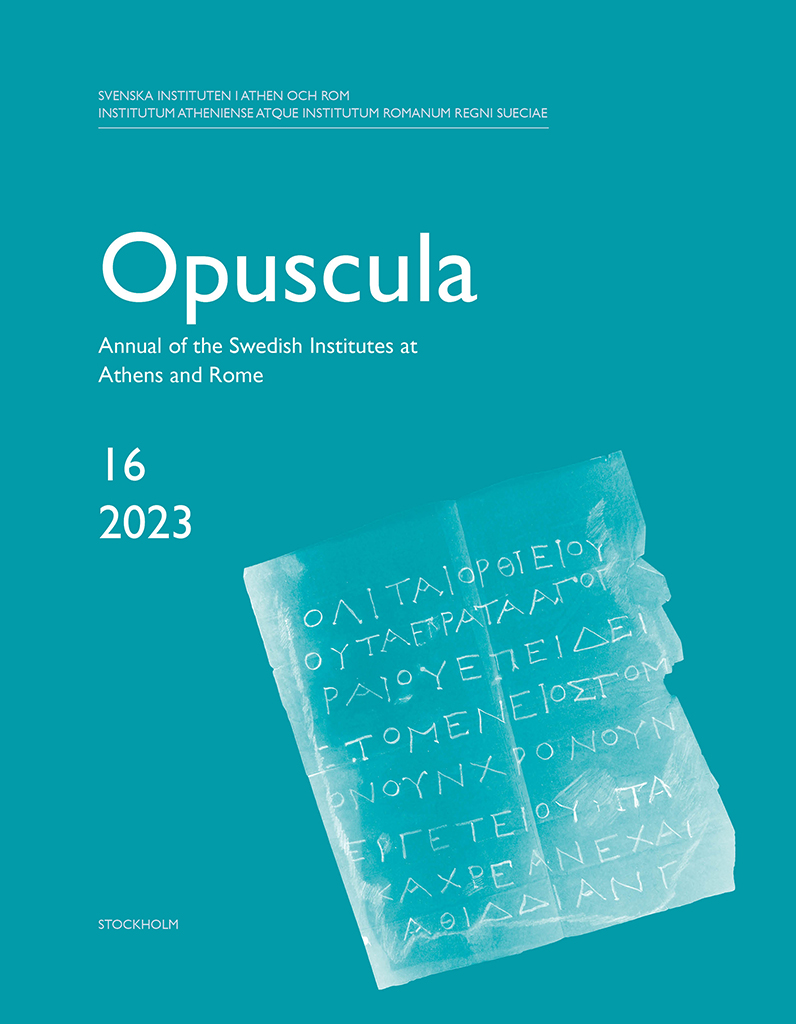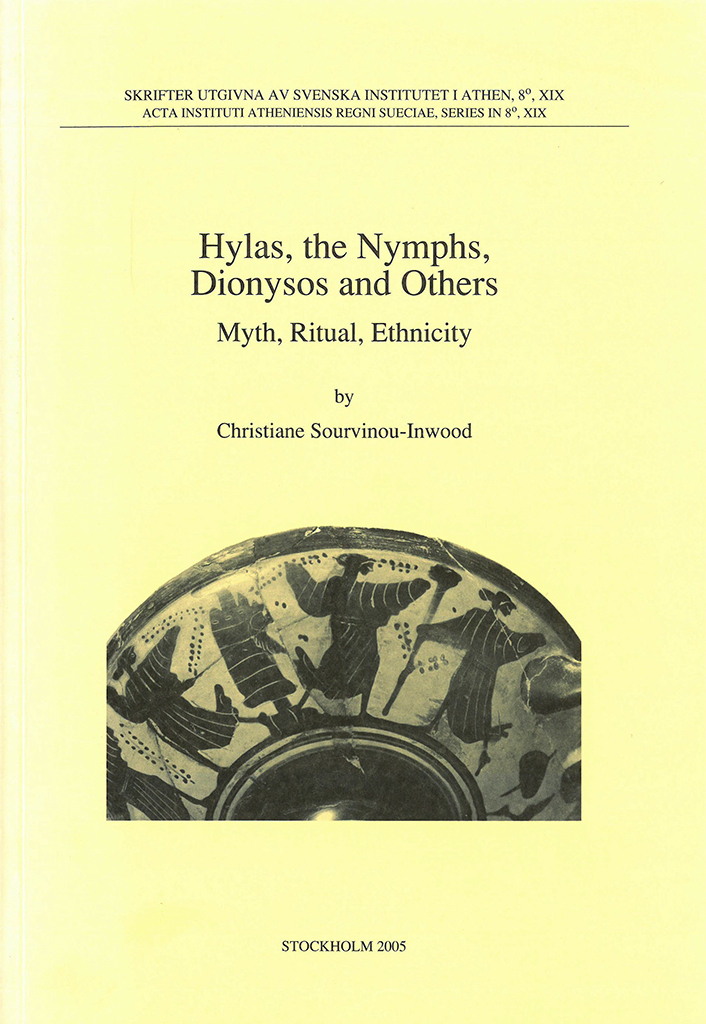Opuscula 16 is published by the Swedish Institutes at Athens and Rome. Distributed by Eddy.se AB. View volume at ERIH PLUS. All content available with open access. A preliminary report on sculptures and figurative terracottas found at the site of Vlochos, region of Karditsa, Thessaly By Stelios Ieremias & Robin Rönnlund Abstract The existence of an ancient city at Thessalian Vlochos was first established by the discovery in 1964 of several inscribed stelai at a quarry at the site, which in turn prompted its declaration as a protected archaeological zone. A large spoil-heap with mixed soils and quarry debris had been left after the closure of the quarry, and this was examined and removed as part of the ongoing Greek-Swedish archaeological collaboration at the site. Apart from quarry debris and rubbish, the soils of the heap yielded considerable amounts of pottery and tile, and also architectural members, terracotta figurines, stelai, marble statuettes, and votives. The mixed nature of the soils made all finds ex situ, but the composition of the material provides a transect of the chronology of the site at Vlochos, as well as strong indications of cult, including evidence for the cult of the Thessalian goddess Ennodia. Bibliographical information…
Distributed by Astrom Editions. Hylas, the Nymphs, Dionysos and others. Myth, ritual, ethnicity. Martin P. Nilsson Lecture on Greek Religion, delivered 1997 at the Swedish Institute at Athens By Christiane Sourvinou-Inwood The focus of this book is the reconstruction of the mythicoritual nexus of Hylas in Kios in Mysia through the in-depth investigation of the evidence (surviving in accounts by, and so shaped by the filters of, outsiders) and also of other issues implicated in its Problematik: ethnicity, cultural and religious interactions between Greeks and non Greeks, colonial discourses (with special emphasis on the foundation mythopoea of Kios’ mother city, Miletos), the nature and function of the Nymphs, the different personalities of Dionysos, advent festivals, certain problematic categories of cult recipients. Hylas’ myth and ritual had been constructed, I conclude, through complex interactions between several Greek mythicoritual schemata and included also elements that appear in non Greek nexuses located in the area of Kios. The myth was both a foundation myth constructing cultural continuity with the heroic age and an immortalization myth: a Greek youth was abducted by Nymphs and became a deity rooted in the landscape, symbolically rooting the colony to the land; it established a poiouchos figure unique…


